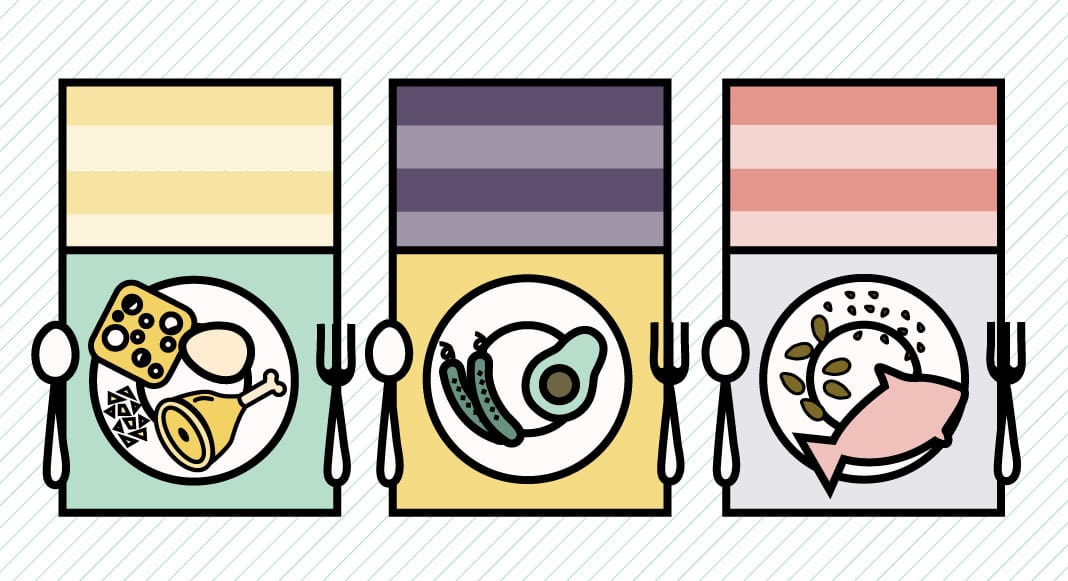The Chemistry of a Craving and How to Curb it
Most of us have fallen victim to an unyielding urge for a candy bar, a bag of chips, or a chocolate chip cookie. Cravings have the ability to make us lose control, abandon healthy habits, and give in to an immediate desire to satisfy what feels like a primal need. So what is a craving and what makes us willing to drive a few miles out of our way just to get our hands on a double chocolate milkshake or a greasy grilled cheese sandwich.
Cravings were once thought to be identifiers of nutritional deficiencies. Now researchers believe cravings are influenced by three factors: diet, memory, and emotion.
Diet
The Standard American Diet (SAD) has a negative impact on many individuals. The SAD is infiltrated with added sugar in multiple forms. Beyond the obvious culprits like cookies and cakes, sugar often hides in more unexpected places, such as peanut butter and salad dressing. Sugar is frequently masked by a plethora of alternative names, including fructose or evaporated cane juice. The prevalence of sugar in our diets is strongly connected to desire and cravings, which can be rooted at the neurological level. Continual intake of sugar over time can lead to the need for fulfillment and reward from sugary sources.
According to a recent study, sugar has the ability to produce the feeling of reward following consumption. This rewarding feeling creates habitual tendencies to crave and desire sweetened foods. Sugar intake can lead to changes on the neurological level, which explains why some people have difficulty controlling their sugar consumption. These cravings can be really powerful. An additional review found that in animal studies, sugar can be more appealing and rewarding than habit-forming drugs such as cocaine.
Memories
Memories create long-term associations. These associations can lead us to crave certain foods. For some people, the feeling of “the Sunday night blues” is ingrained since childhood, and assuaging the looming feeling of returning to school with a pint of ice cream seems to be the only way to cope. This memory may cause an individual to yearn for ice cream or another comfort food every Sunday evening. According to one study, sensory memory is strongly tied to cravings. Researchers found the same part of the brain triggered for drug and alcohol cravings is activated with cravings correlated with memory.
Rituals also serve as sensory triggers for cravings—for instance, entering your grandmother’s house and heading straight toward the candy dish, or feeling a deep desire for a big slice of pumpkin pie on Thanksgiving. Sensory triggers, memories, and developed habits stimulate cravings and desires for foods that provide comfort and positive feelings.
Emotion
Mood and emotions have a direct correlation to cravings. An abundance of triggers prompt the need for certain food items. A fight with a loved one, feeling stressed or overwhelmed, boredom at work, or being alone on a Saturday night may provoke the desire for a certain food. Comfort foods, such as pizza or chocolate, may be used to soothe stress, sadness, or conflict. Anxiety may be temporarily reduced by something crunchy such as salty chips or pretzels, while heartache may cause others to turn to smooth and creamy peanut butter or ice cream.
Curb Those Cravings
With the causes of cravings in mind, how can we prevent ourselves from giving in?










0 comments:
Post a Comment